How to Control Invasive Plant Species in the South
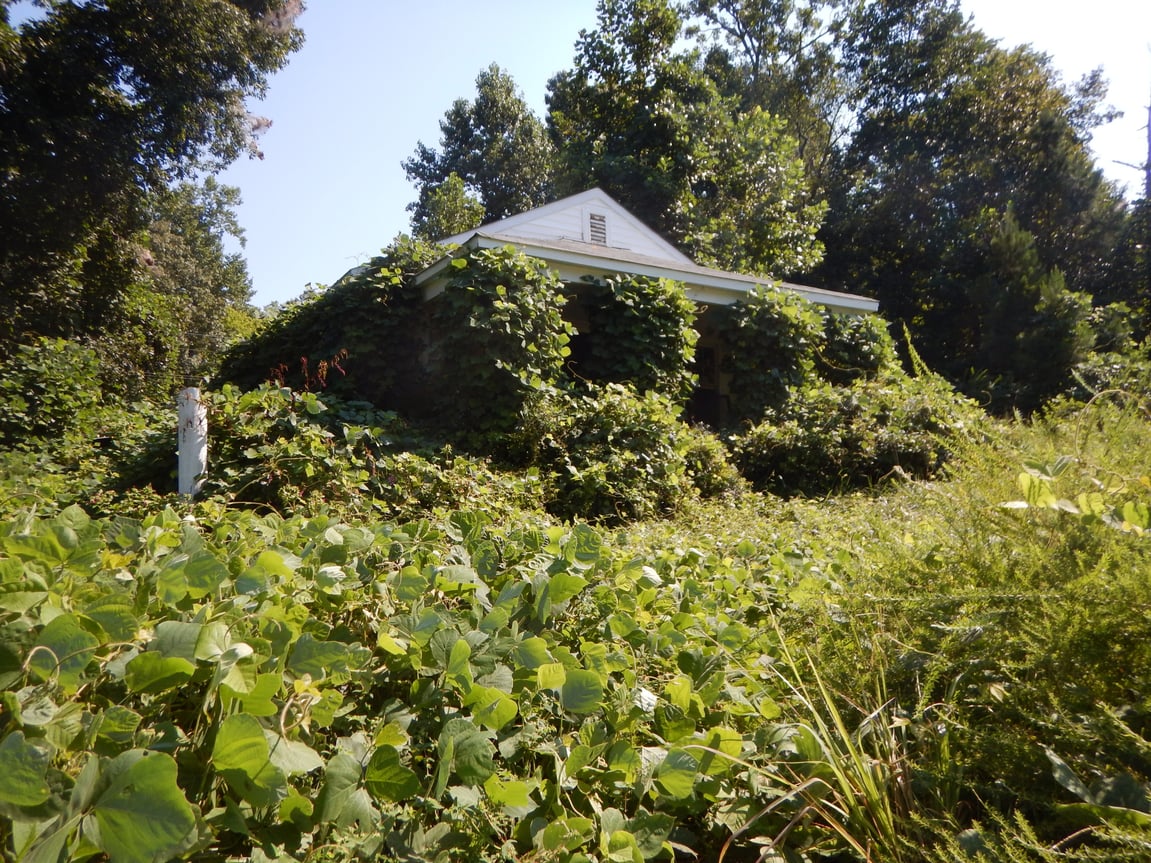
Struggling with invasive plants on your rural property? A forester shares how to identify and control them for a healthier forest, land and eco-system.As a forestry student in the 1970’s, I often came in contact with extension agents, foresters and wildlife managers. Interested in developing our family farm for wildlife, I paid close attention to their recommendations for food plots and plants to attract wildlife.
One particular tree, which was popular at that time, was the autumn olive.
Autumn olives did not grow tall, so they could be planted under power lines.
Deer and turkeys fed on the fruit. I had seen these trees in food plots and had observed deer feeding on them. Based on all these factors, I bought twenty trees and planted them down one side of our pasture.
At that time, we were grazing a few cattle and cutting most of the remaining pasture for hay.
Some years later, we stopped grazing cattle and in recent years have not cut hay.
Without the constant cutting in the fields, the autumn olives spread throughout the pasture and now dominate about an acre of one field, lining the border of the ten-acre pasture.
Autumn olives are just one of hundreds of invasive species now trying to be managed and eradicated in the United States.

Clemson Extension publications estimate that “100 million acres in the US are already impacted by invasive plant species.”
Many of these plant names you will recognize: kudzu, multiflora rose, wisteria and English Ivy. But the list goes on for hundreds of plants that include trees, shrubs, vines and grasses.
Did You Know that not all Non-native Plants are Invasive?
Per Clemson Extension, “Invasives grow, adapt, multiply, and spread to unmanageable levels.” Wikipedia defines an invasive species as “not native to a specific location and that has a tendency to spread to a degree believed to cause damage to the environment, human economy or human health.”
Typically, these plants achieve this due to fast growth, high dispersal ability and tolerance to a wide range of environmental conditions.
These plants continue to be introduced accidentally because not everyone knows that some ornamentals are in this list of invasive species. This includes some nurseries that offer them for sale.

So, how do you prevent invasive plant species from getting established on your property?
First, avoid planting them yourself. You can check with local extension agents or online lists for your region before you plant.
Second, if you know of invasive plant species on your property, manage them while they are minimal as once they get out of hand, they are much more difficult to eradicate.
Some of these plant species have seeds that can lie dormant for years and then generate when conditions allow.
On our family farm, we have some work to do to eradicate the autumn olive trees.
My first step will be to contact the local extension agent for the preferred method of eradication. Despite being good forage for wildlife, we really don’t need ten acres of autumn olives. Non-invasive substitutes can take their place.
Looking for More Tips on Rural Landscaping & Property Management?
Check out the following articles:
- Incorporating Fruiting Perennials Into Rural Landscapes
- 9 Steps Toward Self-Sufficient Landscaping
- 3 Multifunctional Trees and Shrubs to Plant This Spring
- How To Plant Food Plots: A Step-by-Step Guide
- How Florida’s Fish and Wildlife Conservation Commission Will Help You Turn Your Land into a Wildlife Paradise
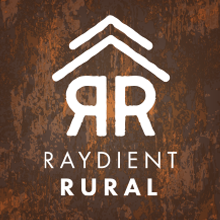
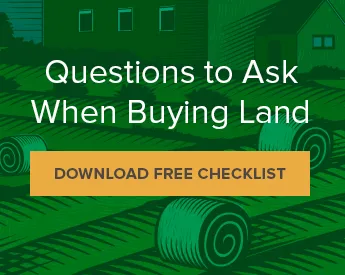





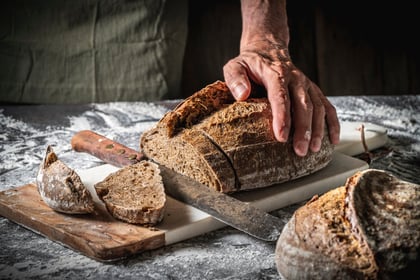

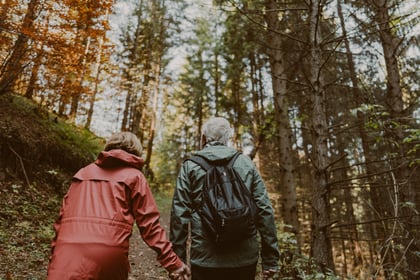
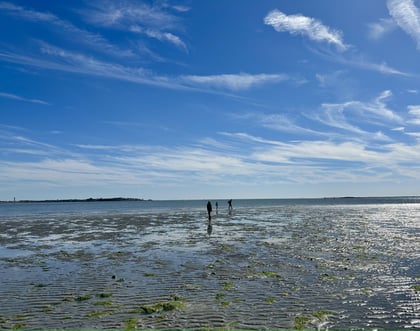
Your email address will not be published. Required fields are marked*